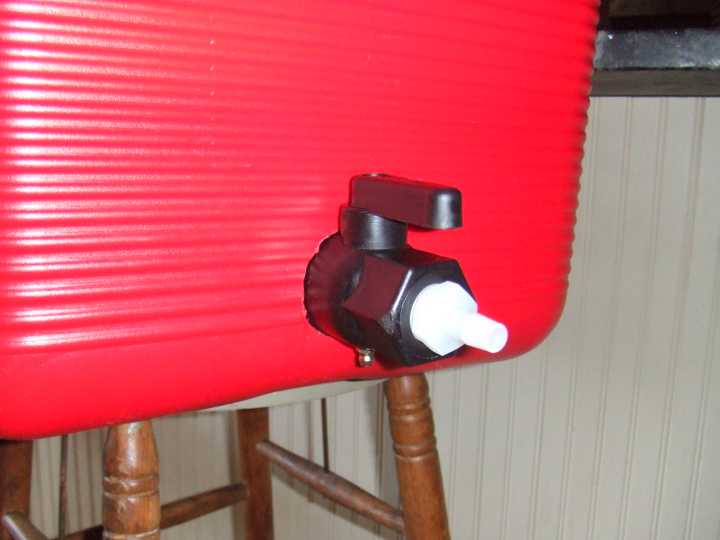Cistercian
Well-Known Member
I'm converting a 10 gal Home Depot round cooler into a mash tun.
Here's the problem. The 3/4" o-ring (on either the inside or outside) slips into the wall of cooler whenever I tighten, thus breaking the seal. It leaks.
What am I doing wrong?
Thank you for the help,
Cistercian
Here's the problem. The 3/4" o-ring (on either the inside or outside) slips into the wall of cooler whenever I tighten, thus breaking the seal. It leaks.
What am I doing wrong?
Thank you for the help,
Cistercian



